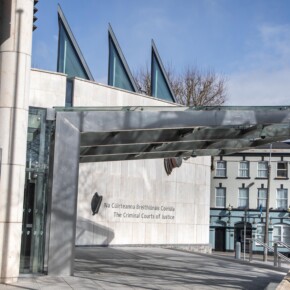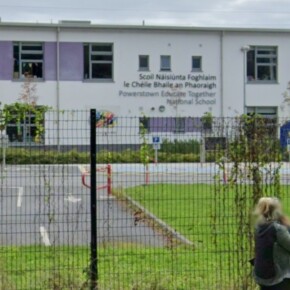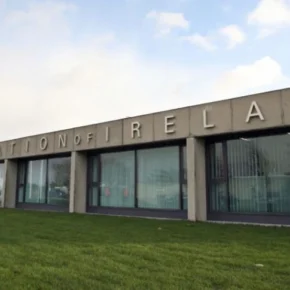Reasons to be fearful of Government’s property intervention
Dublin People 16 May 2014THE Government has announced new measures to kick-start lending in the first-time buyers’ market as part of its ‘Construction 2020’ plan.
Under the plan the State will share the risks with the banks and offer 95 per cent mortgages to young borrowers who fit the lending criteria. Any such scheme will only apply to newly built houses under a certain value.
Despite some banks shouting from the rooftops about being open for business, the reality is quite different and mortgage lending is nowhere near where it needs to be. The Government’s hope is that by reducing the risk to the lending institutions, they will start to act like properly functioning banks. House hunters will also be incentivised by only having to stump up a five per cent deposit.
Clearly, something needs to be done. Years of stagnation in the construction industry has led to a shortage of family homes, particularly in the capital. This is seeing a rise in the value of certain property types across the city and – worryingly – an increase in rents as greedy landlords cash-in on the situation.
But the reluctance by the banks to lend is only part of the problem. Many young couples bought shoebox size apartments during the boom to get a foot on the property ladder. Their expectation was that they would trade up to suitable family homes after a few years. Some have since gone on to have children and now need extra space but find themselves trapped by negative equity.
Other families have had to put their lives on hold while they wait for the Government to sort out the mess caused by the pyrite scandal. While there is finally a State-led process underway to deal with this sorry mess, it has taken years of campaigning to get to this point. So far the Exchequer has made
?¬20 million available for a remediation programme. It is a welcome step in the right direction and gives hope to the innocent families hurt by the negligence of others. The psychological and financial burden placed on many of those affected by pyrite has been considerable and – along with the likes of Priory Hall – is one of the most shameful legacies of the property boom.
The situation outside Dublin also remains problematic with ghost estates continuing to be a blot on the landscape in parts of the country. Some will have to be demolished. These developments are widely considered to be scars from the Celtic Tiger years and few will lament their removal. It says a lot about a planning process that allowed such estates to be built outside the commuter belts where there were few employment opportunities, inadequate services or no public transport.
It’s hard to believe there was a time when gullible investors might have been tempted to invest in a three-bed semi in the middle of nowhere to add to their growing portfolio of properties in Bulgaria.
Irish dinner parties (remember them?) were once dominated by conversations about property values. Those who didn’t participate in this modern day gold rush were not just considered to be risk averse – they were nothing short of fools for failing to cash in on the boom. But as we all know now, the boom was just a credit-fuelled illusion. Wealth was judged on how much you were able to borrow, not on your ability to repay it.
While the Government’s latest motives for stimulating the first-time buyers’ market and the construction industry may be well intentioned, it is vital that they get it right as there are reasons to be fearful. The last thing the Coalition needs to do at this point in our ‘recovery’ is artificially inflate a new property bubble. Because if we can’t learn from the mistakes of the past decade, then clearly there is no hope for us at all.
?¢ You can read all the Dublin People blogs at dublinpeople.blogspot.ie











